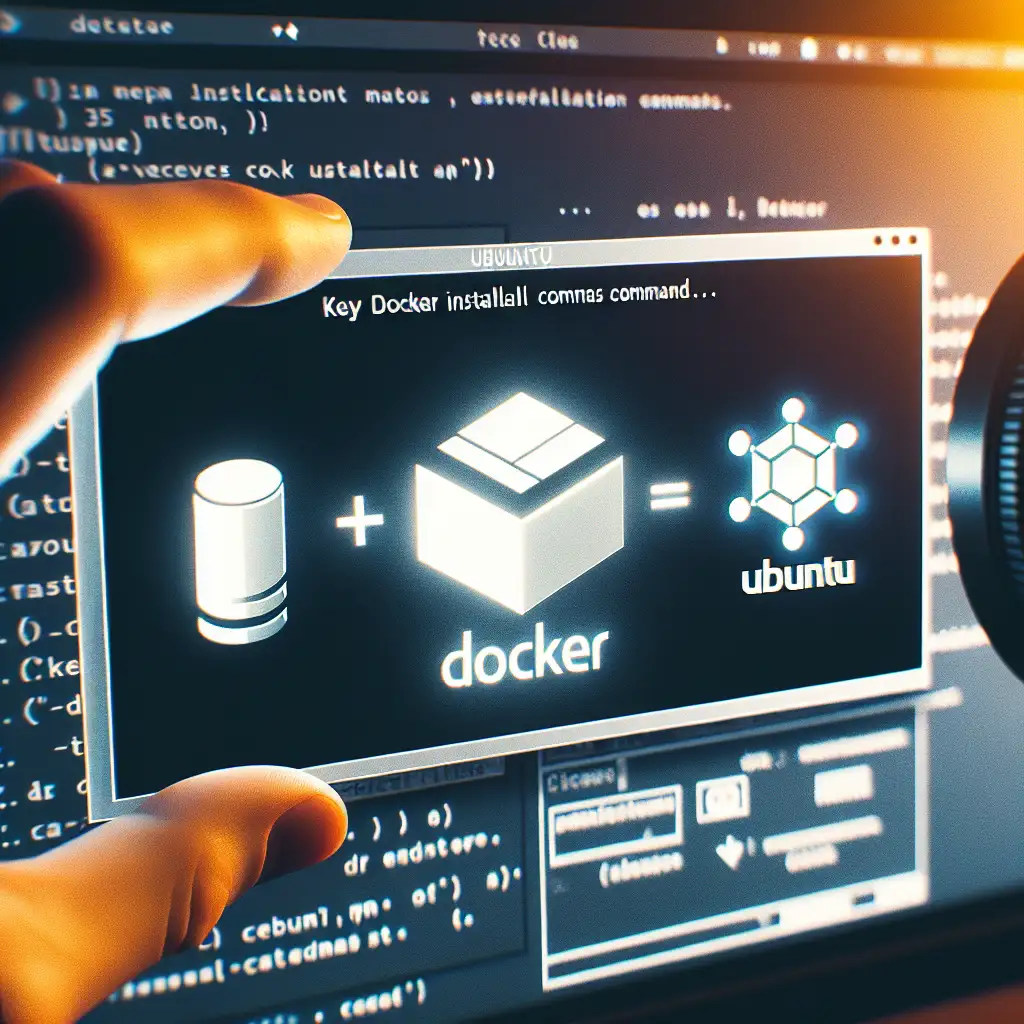Mastering Docker Installation on Ubuntu: A Proven Workflow for Dependable Containerization
Container orchestration falls apart quickly if the container runtime itself wobbles. On Ubuntu, reliable Docker setup is more subtle than many guides admit. Backed by real production snafus, the following sequence ensures compatibility, upgradability, and minimal friction downstream—think long-term kubectl sanity, not just “docker run hello-world”.
The Impact of Initial Conditions
Side effects from a hasty or hybrid install:
- Legacy or conflicting binaries (snap, apt default) choke upgrades
permission denied while trying to connect to the Docker daemon socket—a perennial favorite among support tickets- Package version drift (Docker 20.x lurking in apt’s provided
docker.io, well behind the Docker CE release cadence)
Protocol: always build from the official Docker APT repository, clean out retro binaries, and lock out surprises.
1. Sanitize Your Environment
Remove old installations and clear out cruft:
sudo apt-get update
sudo apt-get remove -y docker docker-engine docker.io containerd runc snapd
sudo apt-get autoremove -y
Note: Snap-based Docker installs (common on recent Ubuntu desktops) tend to conflict at the unit/service layer. Audit for remnants:
snap list | grep docker
2. Install Essential Prerequisites
Configure the system to communicate with external, HTTPS repositories:
sudo apt-get install -y apt-transport-https ca-certificates curl gnupg lsb-release
gnupgfor GPG key managementlsb-releaseensures proper codename parsing in next steps
3. Register the Docker APT Repository GPG Key
Avoid MITM attacks by explicitly storing the Docker public key—not just piping to apt-key (deprecated):
curl -fsSL https://download.docker.com/linux/ubuntu/gpg \
| sudo gpg --dearmor -o /usr/share/keyrings/docker-archive-keyring.gpg
Verify the fingerprint matches the official documentation (sudo gpg --show-keys /usr/share/keyrings/docker-archive-keyring.gpg).
4. Add the Stable Docker Repository
Use your actual codename (e.g., focal for 20.04, jammy for 22.04):
echo \
"deb [arch=$(dpkg --print-architecture) signed-by=/usr/share/keyrings/docker-archive-keyring.gpg] \
https://download.docker.com/linux/ubuntu $(lsb_release -cs) stable" \
| sudo tee /etc/apt/sources.list.d/docker.list > /dev/null
Gotcha: Omitting signed-by often leads to GPG signature errors on installation.
5. Installation: Docker Engine and Containerd
Refresh package cache after registry change:
sudo apt-get update
Install Docker’s core components (prefer explicit versions in controlled environments):
sudo apt-get install -y docker-ce docker-ce-cli containerd.io
Table:
| Package | Role |
|---|---|
| docker-ce | Engine (daemon, REST API) |
| docker-ce-cli | Client binary (docker) |
| containerd.io | Low-level container runtime (CNCF standard) |
Want a specific patch-level version? List available releases:
apt-cache madison docker-ce
Pin version, if needed:
sudo apt-get install docker-ce=5:24.0.7-1~ubuntu.22.04~jammy
6. Post-Install: Validation and Permissions
Check version for assurance:
docker --version
# Expected: Docker version 24.0.7, build afdd53b
Sanity test: run a trusted, minimal image:
sudo docker run --rm hello-world
Expected output:
Hello from Docker!
Non-root Execution (Highly Recommended)
Add your user to the docker group. Avoid using this on shared/multi-user servers—docker group can escalate to root-equivalent privileges.
sudo usermod -aG docker $USER
newgrp docker # refreshes group in current session
Reboot or log in again if unpredictably denied access.
7. Common Failure Modes & Remediation
-
Daemon unavailable
Cannot connect to the Docker daemon at unix:///var/run/docker.sock- Solution:
Is the daemon running?
Start if necessary:sudo systemctl status dockersudo systemctl start docker
- Solution:
-
Old kernel, no cgroups v2
- Symptom: Containers hang or refuse to start.
Ubuntu 18.04 and earlier often lag here. Useuname -rand consider kernel upgrade if deploying Kubernetes.
- Symptom: Containers hang or refuse to start.
-
Snap-vs-APT collision
- Remove snap completely before proceeding:
sudo snap remove docker - Still see
docker.socketor leftover symlinks? Look under/etc/systemd/system/and purge.
- Remove snap completely before proceeding:
8. Real-World Gotchas and Non-Obvious Tips
- Network firewall:
Outbound HTTPS (443) todownload.docker.comis mandatory. Proxy or airgapped setups must sync DEB packages manually. - Rootless Docker alternative:
If multi-tenancy or minimal privilege is essential, evaluatedocker-ce-rootless-extras. Not covered here; switches runtime model, worth reading the docs. - Container runtime swapping:
If you might move to CRI-O or containerd standalone, note Docker packages will bring and sometimes override versions ofcontainerd. Plan CI pipelines accordingly.
Summary
Correct Docker installation on Ubuntu is less about cut-and-paste, more about anticipating future maintenance and avoiding legacy distribution pitfalls. Official repo, explicit keyring, rinse old versions—that’s the long-term stable baseline. Whether this sets the stage for Kubernetes, Nomad, or just clean local dev automation, don’t ignore the edge cases.
Any edge cases not mentioned? Something doesn’t quite work in your particular cloud image? That’s typical—diagnostics start with systemctl status, journalctl -xeu docker, and checking for conflicting binaries.
Questions about hardening Docker, custom Compose setups, or airgapped updates? I address operational outliers where docs don’t reach. Let’s get deployments actually stable.
